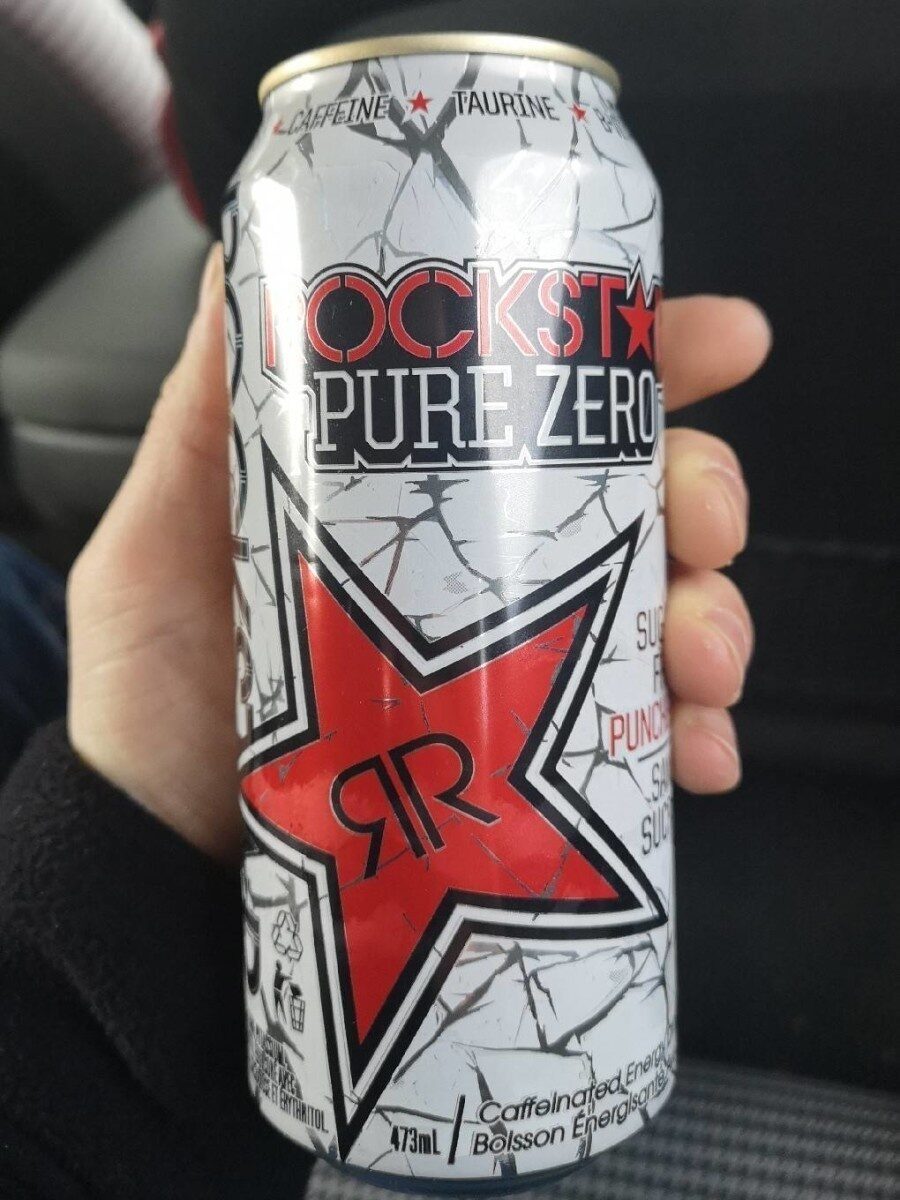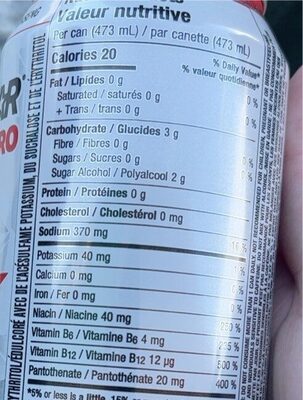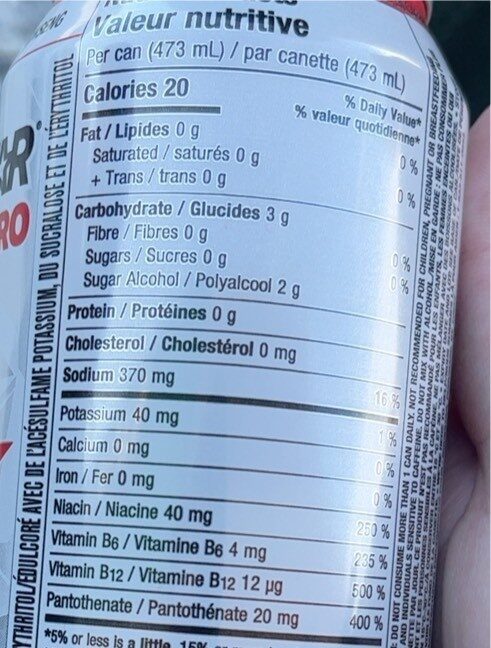Rockstar pure zero - 473 ml
This product page is not complete. You can help to complete it by editing it and adding more data from the photos we have, or by taking more photos using the app for Android or iPhone/iPad. Thank you!
×
Barcode: 0818094001595 (EAN / EAN-13) 818094001595 (UPC / UPC-A)
Quantity: 473 ml
Packaging: Canned
Brands: Rockstar
Categories: Beverages, Energy drinks
Origin of the product and/or its ingredients: Bottled in Canada
Matching with your preferences
Environment
Packaging
Transportation
Report a problem
Data sources
Product added on by kiliweb
Last edit of product page on by kiliweb.
Product page also edited by ecoscore-impact-estimator, macarthurjustin, openfoodfacts-contributors, packbot, yuka.MLAbZICqQe0fAMHT0NNphiiwLvbEXuNUQ2IPog, yuka.VEowclM0VWNwdkpXbS8wOHp6bms0Y0IxbnBHVVZIRzlON1U3SUE9PQ, yuka.sY2b0xO6T85zoF3NwEKvlndKCNP8gCr6Fzzfukms1vSFJbjrbIFY-q6kPas.
If the data is incomplete or incorrect, you can complete or correct it by editing this page.








